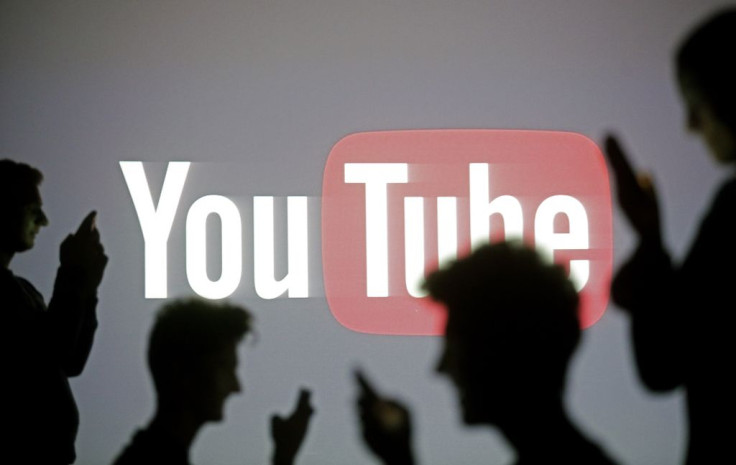Google Adding Shared Rooms, Voice Chat For Watching YouTube VR Videos

Google announced several new features that will be arriving for Daydream 2.0 during Thursday’s I/O conference. One of the upcoming features is the addition of shared rooms and voice chat for virtual reality YouTube videos.
Shared rooms for YouTube VR will let users watch 360-degree videos together with their friends. Small groups of people will be able to enter a viewing session and voice chat with one another. YouTube VR product manger Erin Teague calls the new feature as a “co-watching experience,” according to The Verge.
Shared rooms and voice chat for YouTube VR will arrive later this year, but Google didn’t actually say when exactly. People in a viewing session have control over what they want to see. However, they will also be able to sync up the same video to see exactly what one of their friends is seeing.
People in a YouTube VR viewing session will be presented as avatars, which are also customizable. The avatars will be present across the bottom of a 360-degree video, and will also function as the viewing “room.”
Users will only have to speak in order to engage with the people in the viewing room. Google believes that voice chat will be the way people express themselves in virtual reality, instead of typing messages and leaving comments.
Teague also explained that this new way of interacting in YouTube VR will make the platform more community oriented, according to Engadget. This might also be a new way of engaging with YouTube creators as well.
Google’s new feature for YouTube VR seems to be similar to the Oculus Rooms, where Samsung gear VR users are able to interact with one another through avatars. The new YouTube VR feature has also been compared to Facebook Spaces by Mashable. However, Facebook Spaces seems more full-featured considering that it lets Oculus Rift users hangout with one another in a virtual reality environment.
In other virtual reality news, Google also revealed more features included with Daydream 2.0 and its plans for its own standalone VR headset. Google introduced WorldSense, a new feature coming to Daydream VR headsets that’s able to recognize the user’s positions in the real world. The technology was first developed for the Tango AR platform, but Google has found a way to integrate it into VR.
Google’s new standalone virtual reality headset will be made by HTC and Lenovo, and will arrive later this year. The headsets won’t need a PC or a smartphone in order to work, and Google says that the experiences the devices can provide will be comparable to the high-end HTC Vive and Oculus Rift.
Google didn’t give out the specifications for the new Daydream VR headsets from HTC and Lenovo, so there’s no way of telling how those can perform in terms of VR quality and battery life. However, Google believes that the Daydream 2.0 update, codenamed Euphrates, should boost efficiency, accoridng to PC Mag.
Daydream 2.0 will also include improvements that should affect mainstream users as well. A new feature that’s included with the update is the ability to cast what a users is viewing on a VR headset to a TV via Chromecast.
© Copyright IBTimes 2024. All rights reserved.











